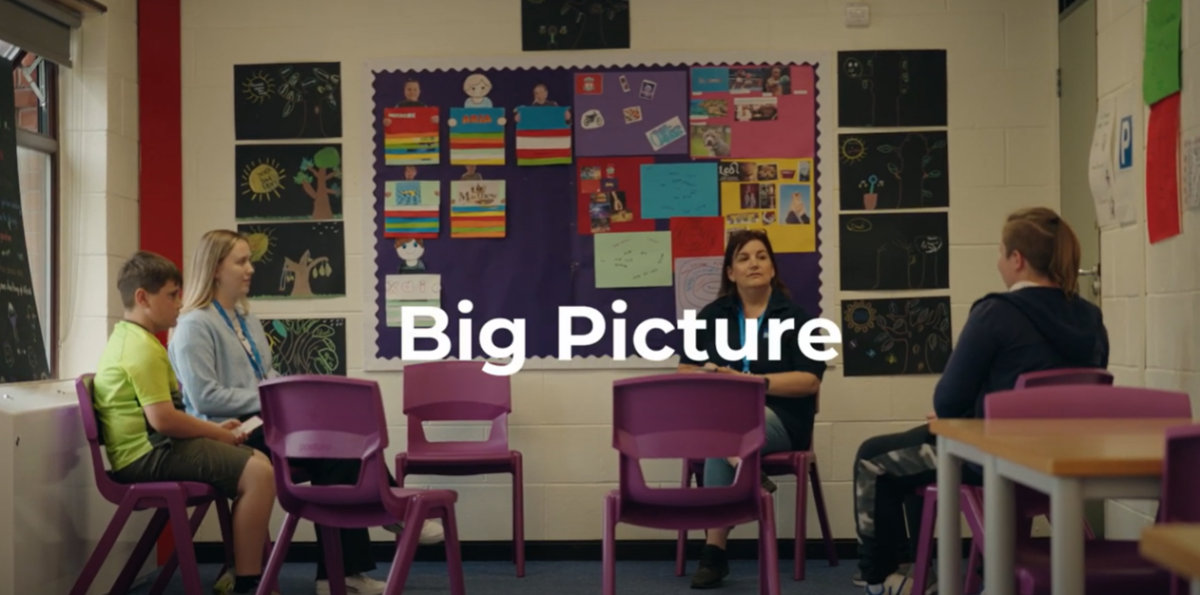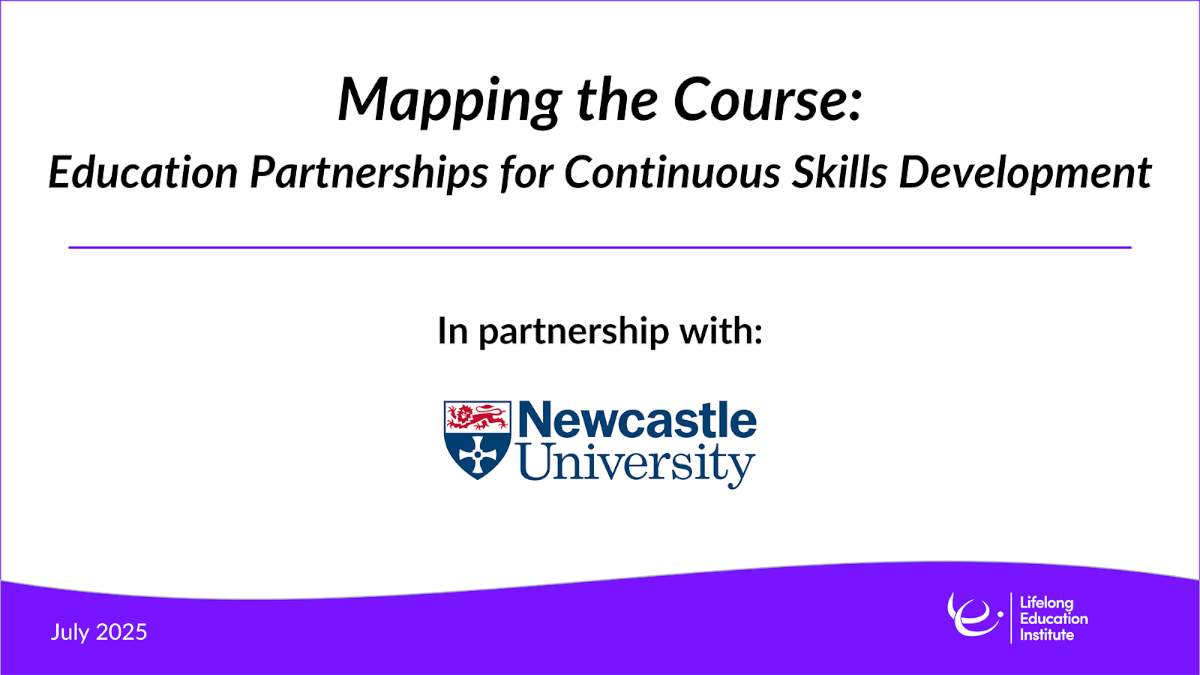An important and ever-present subject to address in working culture and then business strategy.

To begin, we should first define the terms. “Woke culture” refers to a social and political movement that emphasises awareness and advocacy for social justice issues, mainly related to racism, sexism, and other forms of discrimination. “Neurodiversity” is a concept that recognises and values the natural variations in human cognition and behaviour, including conditions like autism, ADHD, and dyslexia. “Mental health” refers to a person’s overall psychological well-being, including their ability to cope with stress, emotions, and daily life.
The intersection of these three concepts can be complex and multifaceted. Still, one important issue is the potential for conflict between the goals of woke culture and the needs and experiences of neurodiverse individuals with mental health challenges.
On the one hand, woke culture advocates for a more inclusive and equitable society that recognises and values the experiences and perspectives of marginalised groups, including people with disabilities. This can be seen in movements like disability justice, which seeks to centre the experiences and leadership of disabled people in the fight for social justice.
However, some aspects of woke culture can be challenging for neurodiverse individuals with mental health challenges. For example, trigger warnings and “cancel culture” can create an environment where people feel afraid to express their opinions or engage in difficult conversations, which can be particularly challenging for those with social anxiety or trauma-related disorders. Additionally, the pressure to conform to certain language norms or adopt particular ideological positions can be overwhelming for people with conditions like autism, who may struggle with social cues and the nuances of communication.
Moreover, the emphasis on individual experiences and identity politics in woke culture can sometimes overshadow the importance of systemic change and collective action. This can be problematic for people with mental health challenges who may struggle with individual advocacy or feel excluded from specific movements.
On the other hand, the concept of neurodiversity emphasises the importance of valuing and respecting the natural variations in human cognition and behaviour. This can empower individuals with conditions like autism or ADHD who may have historically been stigmatised or pathologized for their differences.
The neurodiversity movement can sometimes prioritise individual empowerment over collective action or systemic change
However, the neurodiversity movement can sometimes prioritise individual empowerment over collective action or systemic change. This can be problematic for people with mental health challenges who may not have the same level of agency or self-advocacy skills or may face significant barriers to accessing resources and support.
To navigate these complex issues, it is essential to prioritize inclusivity and accessibility in all social justice movements, including those related to woke culture and neurodiversity. This can involve actively seeking out the perspectives and experiences of marginalised groups, including those with mental health challenges, and working to create spaces and structures that are more welcoming and supportive for everyone.
It is also essential to recognize that mental health challenges and neurodivergent conditions can intersect in complex ways and that individuals may have different needs and preferences regarding language, communication, and engagement with social justice issues. By prioritising empathy, understanding, and collaboration, we can work towards a more inclusive and equitable society that recognises and values the diversity of human experiences and identities.
One area where the intersection of woke culture, neurodiversity, and mental health iscriticalt is in the workplace. Many companies have embraced diversity and inclusion initiatives to create a more welcoming and supportive work environment for individuals from marginalised groups, including those with disabilities.
However, these initiatives can sometimes fall short when accommodating the needs of neurodiverse individuals with mental health challenges. For example, while some companies offer accommodations like flexible schedules or remote work options for employees with physical disabilities, they may not be as flexible when accommodating the needs of employees with conditions like ADHD or anxiety.
Workplace cultures prioritise hustle culture
Moreover, workplace cultures prioritise hustle culture or the expectation of long hours and intense productivity can be particularly challenging for individuals with mental health challenges. The pressure to perform at a high level while also managing symptoms can be overwhelming, and the stigma around mental health can make it difficult for employees to speak up and ask for the support they need.
To address these challenges, companies must prioritise mental health and neurodiversity in their diversity and inclusion initiatives. This can involve accommodations and support for employees with mental health challenges, including flexible schedules, reduced workloads, and access to therapy and other resources.
It can also involve creating a culture of openness and acceptance around mental health and neurodiversity, where employees feel comfortable disclosing their conditions and asking for support without fear of stigma or discrimination. This can involve training managers and employees on best practices for supporting neurodiverse individuals with mental health challenges and creating dialogue and collaboration spaces.
In conclusion, the intersection of woke culture, neurodiversity, and mental health is complex and multifaceted. Still, it is essential for us to prioritise inclusivity, accessibility, and empathy in all social justice movements and workplaces. By recognising the diversity of human experiences and identities and working towards a more equitable and supportive society, we can create a better world for everyone.
How could this be taught to directors to support their decision-making?
To teach this to directors, it would be helpful to create a training program that provides them with a comprehensive understanding of the intersection of woke culture, neurodiversity, and mental health and its implications for decision-making in the workplace. Here are some suggestions for how such a program could be structured:
Define key concepts:
Begin by defining key concepts such as woke culture, neurodiversity, and mental health, and explain how they are interconnected. Use real-life examples and case studies to help directors understand the lived experiences of neurodiverse individuals with mental health challenges.
Discuss the impact on the workplace:
Next, discuss the impact of woke culture, neurodiversity, and mental health on the workplace. Highlight the challenges that neurodiverse individuals with mental health challenges may face in the workplace, and explain why it is iessential for companies to prioritise mental health and neurodiversity in their diversity and inclusion initiatives.
Provide practical guidance:
Offer practical guidance on how directors can create a more inclusive and supportive workplace culture for neurodiverse individuals with mental health challenges. This could include tips on how to accommodate individual needs, how to train managers and employees to support neurodiverse individuals, and how to create an open and accepting culture around mental health and neurodiversity.
Review policies and practices:
Please take a look at the company’s existing policies and practices to identify areas for improvement. For example, are there policies around flexible work arrangements that could be expanded to better support neurodiverse individuals with mental health challenges? Are there training programs in place to educate employees on supporting colleagues with different needs?
Encourage ongoing learning:
Finally, encourage directors to continue learning about these issues and to remain open to feedback and suggestions from neurodiverse individuals with mental health challenges. Provide ongoing support and resources, such as webinars, podcasts, and articles, to help directors stay informed and engaged with this critical topic.
Overall, by providing directors with a comprehensive understanding of the intersection of woke culture, neurodiversity, and mental health and by offering practical guidance on how to create a more inclusive and supportive workplace culture, companies can better support all of their employees, including those with mental health challenges.
Presentation.
I. Introduction
A brief overview of the topics of woke culture, neurodiversity, and mental health
Explanation of how these topics are interconnected
II. Understanding Neurodiversity and Mental Health
Definition of neurodiversity and expected conditions (e.g., ADHD, autism, dyslexia)
Explanation of how neurodiverse individuals may experience mental health challenges (e.g., anxiety, depression)
III. Challenges in the Workplace
Overview of the challenges that neurodiverse individuals with mental health challenges may face in the workplace (e.g., stigma, lack of accommodations, pressure to perform)
Discussion of how these challenges can impact productivity, engagement, and retention
IV. The Importance of Inclusion and Accommodations
Explanation of why companies need to prioritize inclusion and accommodations for neurodiverse individuals with mental health challenges
Overview of best practices for accommodating individual needs, including flexible work arrangements, sensory-friendly environments, and access to mental health resources
V. Building a Culture of Acceptance
Discussion of the role that company culture plays in supporting neurodiversity and mental health
Explanation of how managers and colleagues can be trained to help neurodiverse individuals with mental health challenges
Overview of strategies for creating an open and accepting workplace culture around neurodiversity and mental health
VI. Reviewing Policies and Practices
Discussion of how company policies and practices can be reviewed and revised toto support neurodiverse individuals with mental health challenges better
Explanation of how this can be done in a way that benefits all employees and promotes a more inclusive workplace culture
Recap of key points and takeaways
Emphasis on the importance ofprioritising inclusion and accommodations for neurodiverse individuals with mental health challenges in the workplace
This presentation can be accompanied by visuals, such as infographics and real-life case studies,to illustrate furthere the points made. It can also include interactive elements, such as group discussions or Q&A sessions, to encourage engagement and participation.
Here is a group Q&A discussion format that can be used in conjunction with the presentation outline:
Case Studies:
John is a software engineer who was recently diagnosed with ADHD. He struggles to stay focused during long meetings and finds it difficult to prioritize tasks. His manager has been unsympathetic and suggested that he must work harder to keep up with his colleagues.
Sarah is a marketing manager who has struggled with anxiety and depression for several years. She feels embarrassed to ask for accommodations, such as flexible work arrangements, because she worries it will make her seem less committed to her job. As a result, she frequently feels overwhelmed and burnt out.
Illustration:
Visual depiction of the impact of neurodiversity and mental health on the workplace, such as a Venn diagram or infographic.
Group Q&A Discussion Format:
What are some of the challenges that John and Sarah are facing in their workplaces? How might these challenges impact their productivity and engagement?
What accommodations could John and Sarah benefit from in their workplaces? How might these accommodations help them to perform at their best?
What role can managers and colleagues play in supporting neurodiverse individuals with mental health challenges in the workplace?
How can they be trained to do so effectively?
What policies and practices can be implemented to create a more inclusive and supportive workplace culture for neurodiverse individuals with mental health challenges?
How can we ensure all employees feel comfortable requesting accommodations and support when needed?
What steps can be taken to reduce the stigma around neurodiversity and mental health in the workplace?
These questions can be used to facilitate a group discussion or Q&A session and can be tailored to the specific needs and interests of the audience. By engaging in this type of interactive dialogue, directors can gain a deeper understanding of the intersection of woke culture, neurodiversity, and mental health,and become better equipped to make decisions that promote inclusion and accommodation in the workplace.
References:
The Importance of Neurodiversity in the Workplace. https://hbr.org/2021/03/the-importance-of-neurodiversity-in-the-workplace
Neurodiversity: Building Bridges to Employment. https://doi.org/10.1093/sw/swaa032
Diversity and Inclusion in the Workplace: A Guide for Employers. https://www.cipd.co.uk/knowledge/fundamentals/people/diversity/inclusive-workplace-guide
Disability Justice: A Working Draft by Patty Berne and Sins Invalid. https://sinsinvalid.org/disability-justice-a-working-draft-by-patty-berne
Autism, Neurodiversity, and Social Justice: A Response to Jonathan Mitchell’s “The Neurodiversity Case for Autism.” https://doi.org/10.1177/1362361314529627
The Neurodiversity Movement: Key Issues, Controversies, and Debates by Nick Walker











Responses